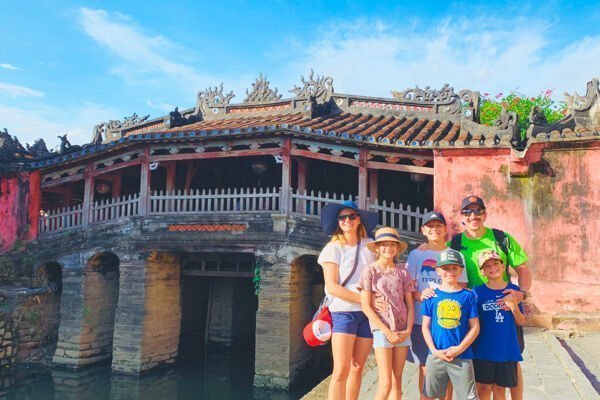Vietnam Travel Requirements: Everything You Need To Know
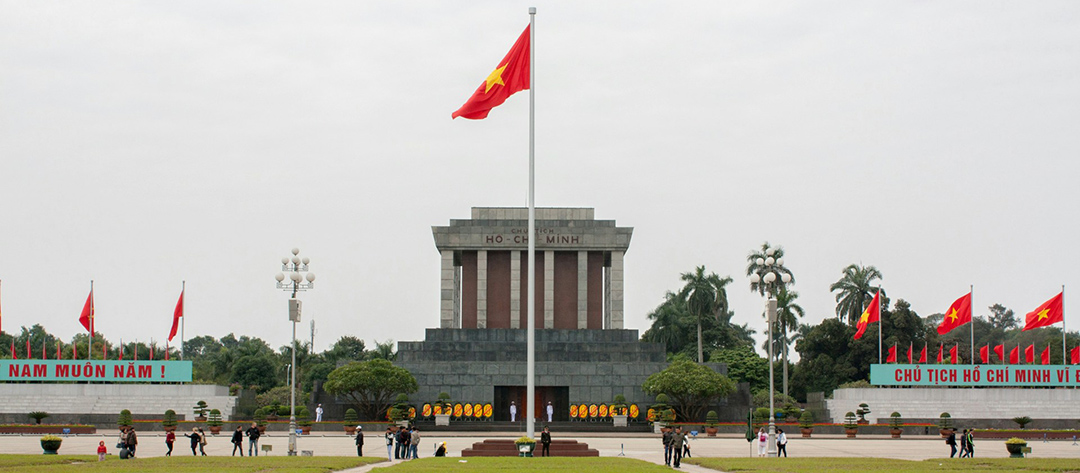
Vietnam captivates at first glance: lantern-lit heritage streets, orchid-studded mountains, and coastlines that swing from surf towns to quiet coves. But even the best itinerary falters if entry details are fuzzy. Understanding Vietnam travel requirements is the surest way to avoid airport delays, visa snags, or customs surprises.
This article gives travelers practical, current, and easy-to-follow guidance—ideal for first-timers mapping a classic north–south route and frequent visitors fine-tuning a multi-country loop.
Visa Policies and Entry Rules
Getting the visa right is step one in mastering Vietnam travel requirements. Match the trip length, entry point, and flexibility needs to the right pathway.
E-visa (the cleanest option for many)
- What it is: An online visa approved before travel, typically for short stays, with single or sometimes multiple entries depending on current policy. Travelers seeking certainty, including approval in hand, fixed dates, and designated entry points.
- How to apply:
- Prepare a clear scan of the passport biodata page and a compliant photo.
- Fill the online form with exact personal data, entry date, and port.
- Pay the fee in USD.
- Track status; save the approval PDF.
- Print one copy and store a digital backup offline.
- Time-saving tips:
- Apply at least 2–3 weeks before departure in peak seasons.
- Ensure the entry airport or land/sea gate matches your approved document.
- Use the same passport used during the application.
Visa on Arrival (VOA via pre-approval)
- What it is: A pre-approval letter obtained through a visa service, exchanged for a visa at the VOA counter on arrival at designated airports. Suitable for last-minute planners or travelers whose stay or entry pattern isn’t covered by the e-visa setup.
- How to apply:
- Request a pre-approval letter through a reputable agency.
- Bring passport photos and cash in USD for the stamping fee.
- Queue at VOA, receive the visa sticker, then proceed to immigration.
- Notes:
- Primarily valid for air arrivals at specific airports.
- Expect queues at peak times; have forms and photos ready.
Visa exemptions
- What it is: Some nationalities can enter without a visa for a limited time. Ideal for short trips, regional travel, or frequent travelers with brief stays.
- Essentials:
- Confirm the maximum days allowed for your passport and any minimum gap required between visa-free entries.
- Keep proof of onward travel and first-night accommodation handy.
>> Great News: Visa-Free Vietnam for European Travelers – 45-day Visa Exemptions For 12 More Nations
Embassy/Consulate visas
- What it is: A visa issued by a Vietnamese diplomatic mission—useful for complex itineraries, longer stays, or multi-entry needs.
- When to choose:
- Overland routes with frequent re-entry.
- Business travel requires sponsor letters.
- Nationalities not eligible for the e-visa or exemptions.
- The process:
- Contact the nearest embassy/consulate.
- Prepare application, photos, passport, and supporting letters if needed.
- Submit and await processing; timelines vary by location and season.
Common Mistakes to Avoid
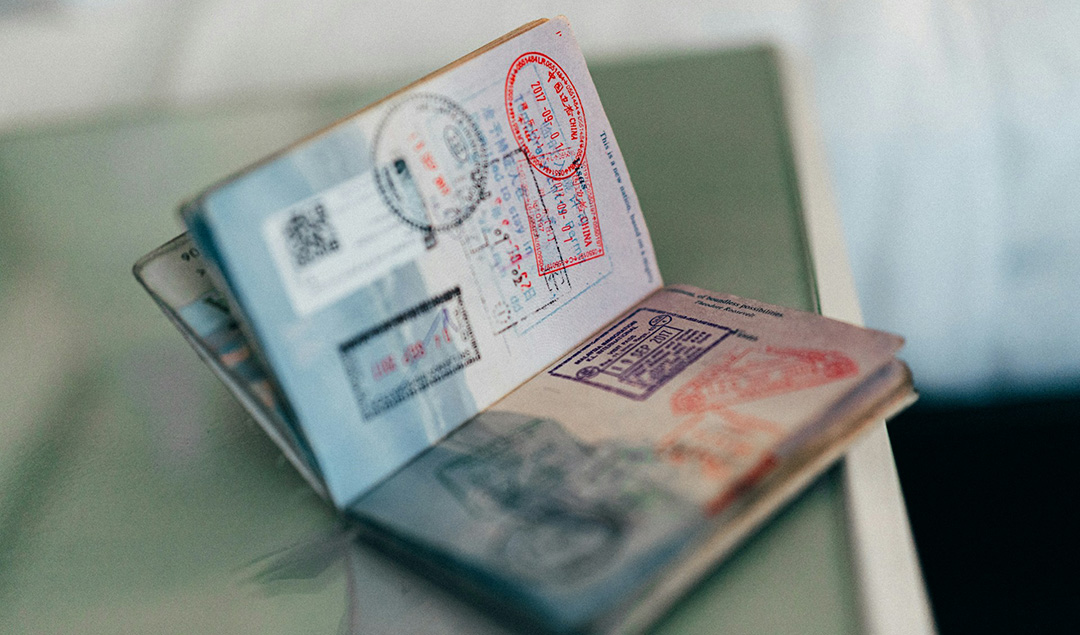
- Mismatched entry details: Port or date on the e-visa doesn’t align with actual travel.
- Tight passport validity: Airlines may deny boarding even if rules allow some leeway.
- Assuming VOA works at every border: It’s designed for specific airports.
- Late applications: Peak travel can slow approvals.
- No backups: Keep digital and printed copies of approvals and receipts.
Passport Validity and Essential Documents
Strong paperwork turns immigration into a formality.
Passport requirements
- Validity: Keep at least 6 months of validity beyond your entry date.
- Blank pages: Reserve at least 2 blank pages for visas and stamps.
- Condition: Avoid torn, water-damaged, or heavily worn passports that can trigger secondary checks.
Documents worth carrying
- Onward/return ticket: Especially important for exemptions or short e-visas.
- Accommodation proof: First night confirmed; carry PDFs or screenshots.
- Travel insurance: Prioritize medical coverage and evacuation; some policies include disruption and baggage.
- Proof of funds: Not always requested, but a recent statement or active credit card can help if asked.
- Itinerary snapshot: A single page with flights, hotels, and contacts streamlines questions at the counter.
>> See Tour: Hanoi Culture Trip 5 Days
Airport paperwork packing list
- A passport with sufficient validity and blank pages
- Printed e-visa or pre-approval letter plus digital backups
- 2 passport photos
- Flight confirmations (arrival and onward/return)
- Hotel confirmations
- Travel insurance certificate (digital and printed)
- Emergency contacts and embassy/consulate details
- A pen for arrival forms
- Small cash (USD or VND) for unexpected fees at 00:00 or late arrivals
Customs and Import Restrictions
Customs is simple when allowances and declarations are respected.
What you can bring (typical personal allowances)
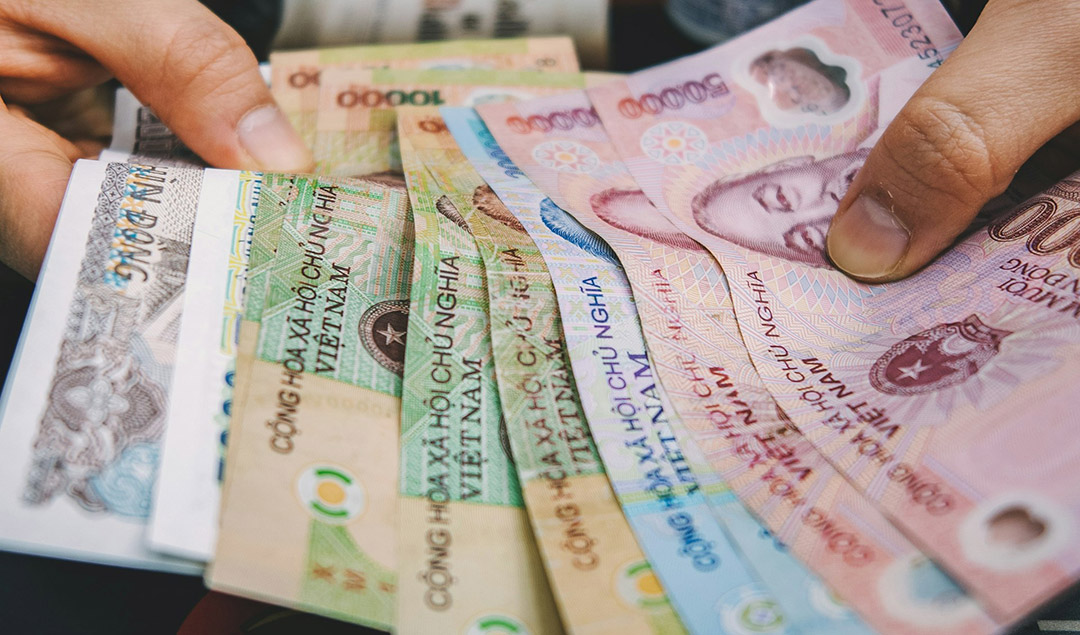
- Personal effects: Clothing, toiletries, and everyday electronics in reasonable quantities.
- Currency: Sums above a declared threshold must be reported; if carrying larger amounts, complete the customs form on arrival.
- Alcohol/tobacco: Limited duty-free allowances apply; exceeding the limit may result in duty being charged.
- Medication: Personal-use quantities in original packaging; carry prescriptions for controlled medicines.
Declarations, fines, and penalties
- When unsure, declare: It’s faster to be waved through than to negotiate a missed declaration.
- Keep receipts: For cameras, laptops, and pro gear to prove prior ownership.
- Consequences: Confiscation, fines, or legal action in serious cases—compliance is simpler and cheaper.
What’s restricted or prohibited
- Prohibited items: Illegal drugs, weapons, explosives, counterfeit goods, materials deemed offensive, and certain cultural artifacts.
- Food and agriculture: Fresh produce, seeds, and animal products may be restricted; factory-sealed snacks in small amounts are generally acceptable.
- Bulk electronics: Multiple high-value items can be flagged as commercial imports.
- Drones and specialty gear: Registration or prior permissions may be needed; check rules and restricted flight zones.
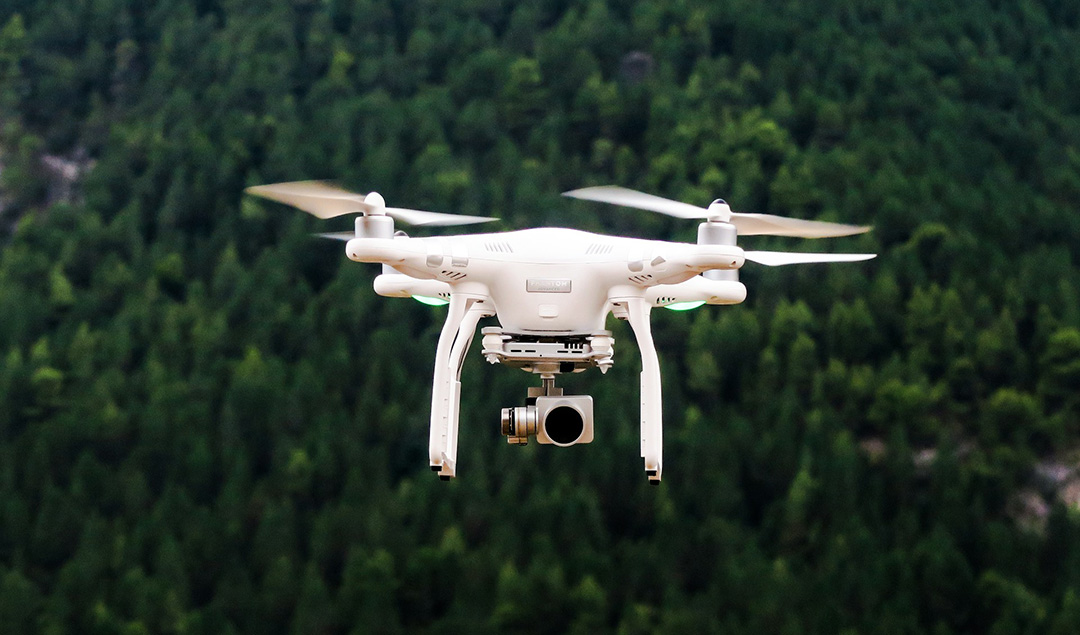
Travel Tips for Seamless Entry
Plan the handoff from cabin to curb like a pro.
Navigating airports and border procedures
- Prepare in the queue: Passport opened to biodata, approvals in hand, arrival card completed.
- Match details: Names and numbers must mirror the passport exactly.
- First address ready: Keep the name and address of the first accommodation accessible.
- Don’t check key documents: Keep visas, approvals, and insurance in carry-on.
Pointers by travel style
- Solo travelers: Store all PDFs in a single offline folder; screenshot key barcodes and QR codes.
- Groups: Assign a document lead who carries duplicates of bookings and approvals.
- Families: Keep children’s documents together; bring a recent family photo and snacks for unexpected queues that stretch beyond 00:00.
Digital must-haves
- E-visa PDF: Saved offline and printed.
- QR confirmations: Screenshot before boarding in case of no signal on landing.
- Local data: An eSIM or airport SIM helps with ride-hailing and maps minutes after clearing customs.
- Translation apps: Handy for addresses, directions, and quick clarifications.
>> See Tour: Vietnam Off the Beaten Path
Staying Longer: Extensions and Special Permits
If Vietnam wins more days on the calendar, extend correctly.
Extensions
It is often possible to get a tourist visa extension in Vietnam, though eligibility depends on your specific visa type and the current government policies. The process can be handled either directly at a government immigration office or through a licensed visa agency. It is crucial to start the application well in advance—at least seven to ten business days before your current visa expires, and even earlier around public holidays to avoid delays.
To apply, you will need your passport, the relevant visa pages, completed forms, and the required fees; in some cases, you may also be asked to provide proof of accommodation or an onward travel ticket. For a less complicated experience, using an agency can help reduce back-and-forth communication, provide language assistance, and offer a more predictable timeline. If you choose this route, it is always wise to confirm all fees and services in writing beforehand.
Multi-entry and special cases
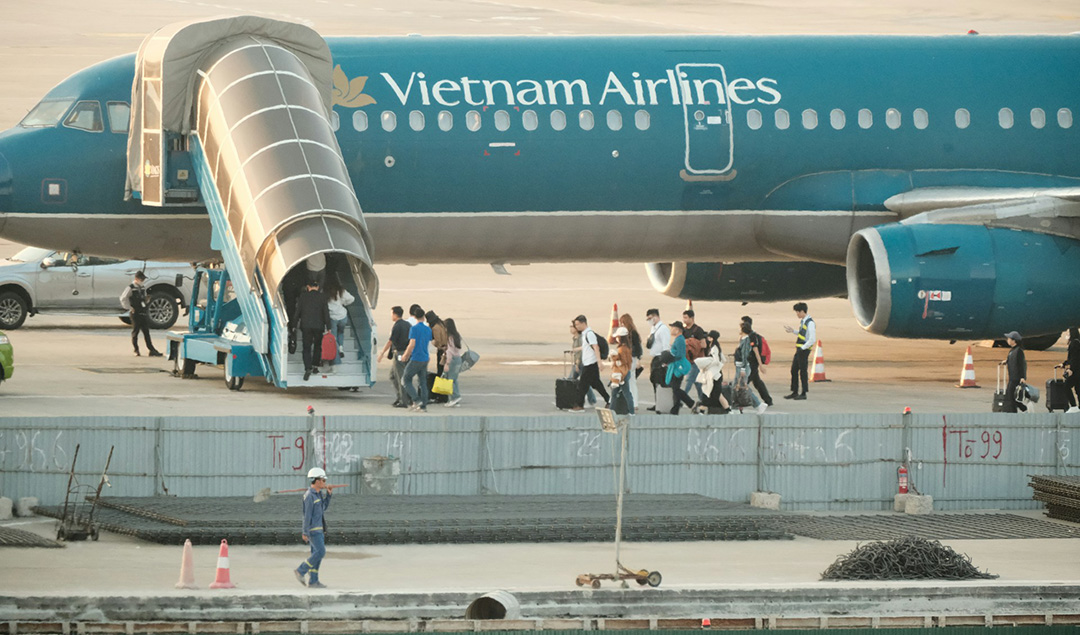
Special travel plans, such as business trips or multi-country itineraries, require more detailed planning. Business visas, for instance, often necessitate an official invitation or a sponsor letter, which typically involves a longer processing time.
For travelers embarking on multi-country loops that include hopping between Vietnam and neighboring countries like Cambodia, Laos, or Thailand, it is essential to either secure a multiple-entry visa in advance or carefully sequence separate e-visas to allow for re-entry.
Furthermore, it’s important to be aware that some visa exemption policies include a required minimum gap between visits, so you must plot your dates carefully, paying attention to details like 00:00 flight arrivals and border opening hours to ensure a smooth return.
Working with immigration or agencies
When processing your visa extension, you have two main options. The first is the direct route, which requires you to visit the immigration office in person. If you choose this option, make sure to bring your original documents, passport photos, and plenty of patience, as arriving early is advisable to avoid long queues.
The second option is to use an agency, where you hire a professional service to handle the process on your behalf. If you decide to go this route, it’s essential to select a reputable firm, confirm the processing timelines, and keep copies of all receipts and submission forms for your records.
>> See Tour: The Very Best Of Vietnam
Pro Tips: Avoiding Pitfalls
- Cross-check rules on official portals before buying nonrefundable tickets—policies evolve.
- Align entry/exit points with what’s printed on the visa approval.
- Name consistency matters: Use full names exactly as in the passport.
- Build a buffer: Avoid stacking tight connections after landing, as queues fluctuate by hour and season.
- Respect expiry: Overstays can incur fines and complicate future entries.
- Photograph everything: Approvals, receipts, and forms—your audit trail in case of queries.
- Keep time zones in mind: The arrival date must match the visa’s valid-from date.
Vietnam is easiest to enjoy when the essentials are locked in. By mastering Vietnam travel requirements—choosing the right visa, ensuring passport validity, organizing documents, respecting customs rules, and planning extensions ahead—arrival becomes a quick checkpoint, not a hurdle.
For a smoother path from planning to passport control, travel with Asia Pioneer Travel. Our team streamlines visas, logistics, and on-the-ground support so the focus stays on street-food discoveries, sunrise bays, and mountain horizons. Start smart, travel prepared, and let APT do the rest.





